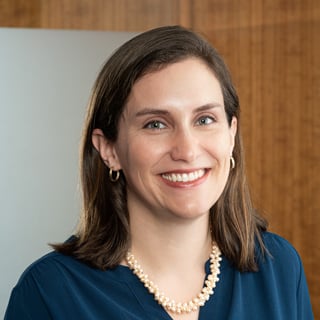Lessons Learned from UE’s Catastrophic Bodily Injury Claims

United Educators’ (UE’s) most expensive claims often involve a catastrophic bodily injury such as paralysis, brain injury, amputation, or long-term disability. Costs can total $1 million or more if an injury results in:
- A lifetime impairment
- An uncertain but serious medical prognosis
- Long-term treatment protocols
In addition, when the injured person has a long life expectancy — such as when the claimant is a student — settlements can be high due to extensive medical needs over many years. Catastrophic injuries can’t always be avoided, but risk management steps can make hazardous activities safer.
Use the following actions to reduce the potential for catastrophic injuries on your campus.
Reduce Risk
- Implement comprehensive policies for all dangerous activities. Conduct a risk audit to ensure appropriate policies, training, and waivers are in use for students and staff involved in campus activities and events. Review all extracurricular activities, student organizations and groups, and athletic teams (including club and intramural sports) that may pose risks, especially those involving: contact sports, water or snow activities, animals, high-adventure activities like rock climbing or ziplining, transportation in institutional vehicles, or travel. Include the risks inherent in campus recreational activities, such as gym or swimming pool usage. Train employees about the policies and hold them accountable for following all protocols.
- Fully train drivers of institutional vehicles and those driving students in rented or personal cars for school-related teams and events. Enact strict requirements about who may drive your institution’s vehicles and what screening and training standards are required for authorization to drive. Drivers of passenger vans and other large vehicles should receive appropriate training and understand and agree to abide by school rules.
Respond Appropriately
In many of UE’s catastrophic injury claims, the losses stem from anger regarding the institution’s response to the injury. Failure to follow procedures and insufficient support for victims or their families can drive reluctance or refusal to resolve the matter. To help mitigate this possibility, follow these plans to react swiftly, thoroughly, and compassionately after a catastrophic injury:
- Implement a coordinated response to injury-causing incidents. When an accident, assault, or other harmful event is reported, follow your institution’s investigation and response protocols. Make sure all documentation, investigation, supportive measures, discipline, and other necessary follow-up is completed thoroughly and according to all policies.
- Use compassion and empathy in all interactions with the victim and their family. A Cool Head, Warm Heart® approach allows schools to demonstrate care for the injured community member without admitting fault. Enormous medical costs are often unavoidable as part of the settlement of a catastrophic injury claim, but showing compassionate care helps the victim and also may reduce additional monetary damages imposed in court or demanded at settlement.
More From UE
Checklist: Investigating Accidents Causing Personal Injury
Responding to Injury-Causing Incidents on Campus: An Audit Guide
Use Cool Head, Warm Heart® for Catastrophic Campus Incidents
About the Author
-

Christine McHugh, Esq., ARM
Associate Vice President of Risk Management
Christine is responsible for providing day-to-day management of the Risk Management department’s functional operations and works cross-functionally to advance the department’s ability to meet UE goals, objectives, and provide sound thought leadership to the educational community. Before being promoted to the role in June 2024, Christine was a Senior Risk Management Counsel. Her areas of expertise were employment law, sexual assault prevention, protection of minors, traumatic brain injury, and diversity, equity, and inclusion. Prior to joining the Risk Research team, she handled UE liability claims for several years. She previously practiced employment and higher education law.





